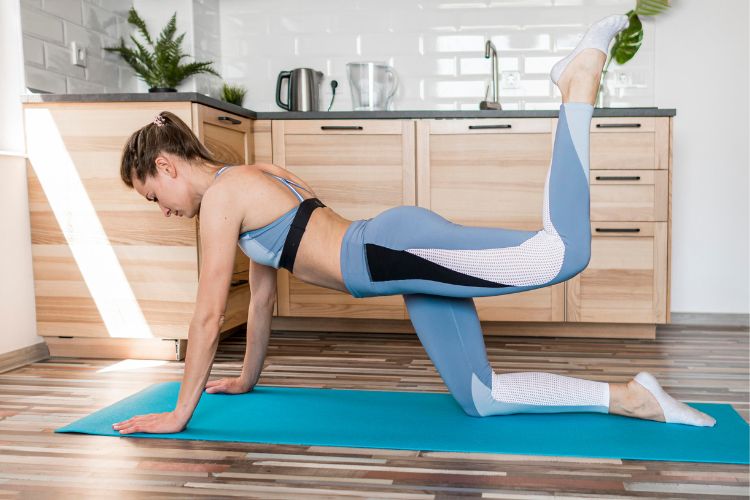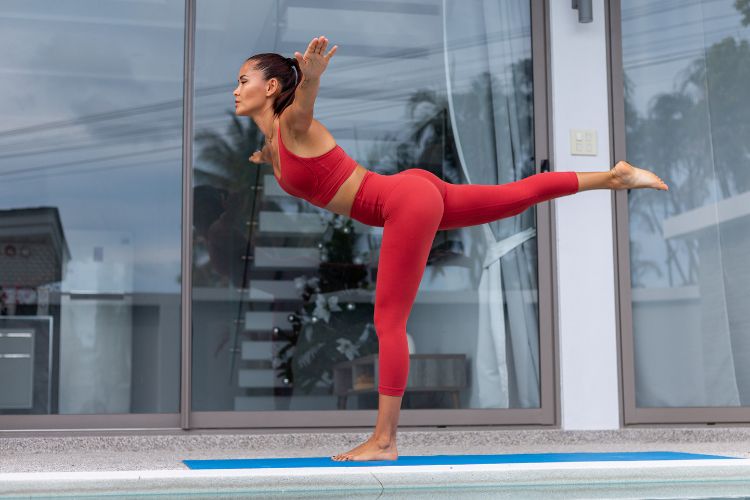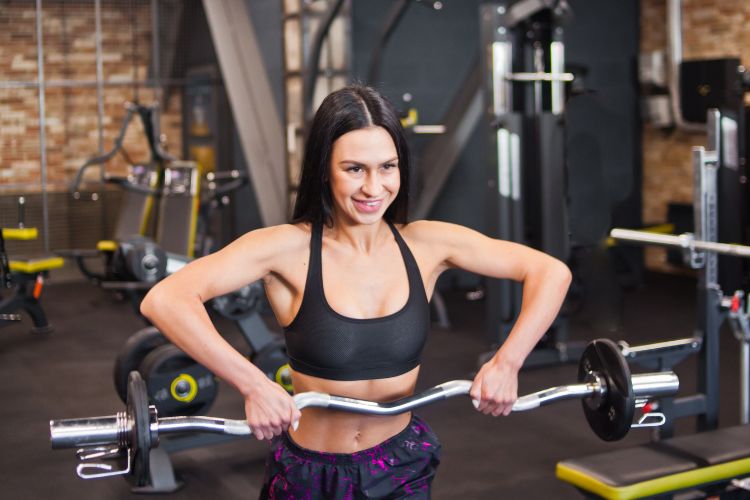Sign up for workout ideas, training advice, reviews of the latest gear and more.





When discussing bodyweight exercises, the standard plank often takes center stage as the go-to move for a solid core workout. However, its lesser-known cousin, the reverse plank, is a unique exercise that merits attention. By introducing a new dimension to your fitness routine, the reverse plank can fortify your body in ways that the traditional plank does not.
In contrast to the traditional plank, the reverse plank places your chest towards the sky with your body balanced on your hands and heels. This seemingly simple shift in position targets different muscle groups, providing an opportunity to strengthen the posterior chain, including the glutes, hamstrings, lower back, and shoulders. Moreover, it simultaneously engages the core, leading to improved posture, balance, and body alignment.
1. Improved Posture: The reverse plank helps realign your body, promoting better posture. It strengthens the shoulder girdle and back muscles, which are often neglected in workouts, leading to an improved upright position that can counter the negative effects of prolonged sitting or slouching.
2. Full Body Workout: The RP does not merely focus on the core. It targets several muscle groups in the body simultaneously, including the glutes, hamstrings, back, shoulders, triceps, and abs. This makes it a compound exercise with benefits that extend to the entire body.
3. Flexibility: The reverse plank encourages shoulder and wrist flexibility, as well as hip extension, making it an excellent addition to flexibility or mobility-focused routines.
4. Balance and Stability: Regularly practicing the reverse plank can enhance your balance, stability, and body coordination by training your proprioceptive senses and activating stabilizer muscles.
The correct technique is crucial for maximizing the benefits of the reverse plank and minimizing potential injury. Here is a step-by-step guide:
Starting Position: Sit on the ground with your legs extended in front of you. Place your palms on the ground behind you, fingers pointing towards your feet.
Lift and Align: Push through your palms and heels to lift your hips off the ground, coming into a straight line from head to toe.
Engage Muscles: Squeeze your glutes and brace your abs to maintain this straight-line posture. Keep your shoulders down and away from your ears.
Hold: Aim to hold this position for 20-30 seconds at first, working your way up to 60 seconds as you build strength and endurance.
Lower and Rest: Lower yourself back down and rest before going for another set.
As your body adapts to the RP, it can be helpful to add variations to continue challenging yourself. Here are a few ideas:
1. Reverse Plank Leg Lifts: While in the RP, raise one leg, hold for a few seconds, then lower it back down. Alternate legs.
2. Reverse Plank Walks: While holding the RP, “walk” your legs forward and backward by bending and extending them.
3. One-Legged Reverse Plank: Lift one leg off the ground while in the RP position. This variation not only challenges your balance but also further engages your core.
The reverse plank is a potent exercise that offers an array of benefits. Although often overshadowed by the traditional plank, it brings unique value to your workout regimen by activating and strengthening the often overlooked posterior chain. As with any exercise, remember that form is paramount: maintaining correct alignment and engaging the right muscles is key to getting the most out of this powerful exercise.
In addition, patience and consistency are crucial in your fitness journey. The reverse plank may be challenging at first, especially for those who are new to this exercise. Don’t worry if you can’t hold the position for long initially. Instead, focus on making small but steady improvements each time you perform the exercise.
Furthermore, while the reverse plank is generally safe for most individuals, remember to listen to your body. If you experience sharp or persistent pain during the exercise, it’s essential to stop and consult a fitness or healthcare professional.
The reverse plank is incredibly versatile and can be incorporated into almost any workout. Here are a few ideas to get you started:
1. Bodyweight Workout: The reverse plank can be a fantastic addition to your bodyweight workout routine. After performing a series of push-ups, squats, or lunges, use the RP as a transitional move to target your posterior chain and core.
2. Yoga or Pilates: The RP, or Purvottanasana as it’s known in Yoga, can be included in your Yoga or Pilates practice for an additional core challenge.
3. Warm-Up or Cool-Down: The reverse plank can be an effective way to warm up before a high-intensity workout or as a stretch during your cool-down, as it activates several muscle groups at once.
4. Abdominal Workouts: While exercises like crunches primarily target the frontal muscles of the abdomen, the RP effectively works the obliques, lower back, and other parts of the core, providing a comprehensive abdominal workout.
The reverse plank is a valuable addition to any fitness routine. By integrating this exercise into your workouts, you can enhance your posture, stability, and overall body strength. Remember that every fitness journey is unique, so it’s important to adjust and modify exercises to fit your individual needs and abilities. With practice, patience, and perseverance, the reverse plank can be a powerful tool in your fitness arsenal, helping you achieve your health and wellness goals.
Stay up to date on the latest women’s health, fitness and lifestyle trends and tips.